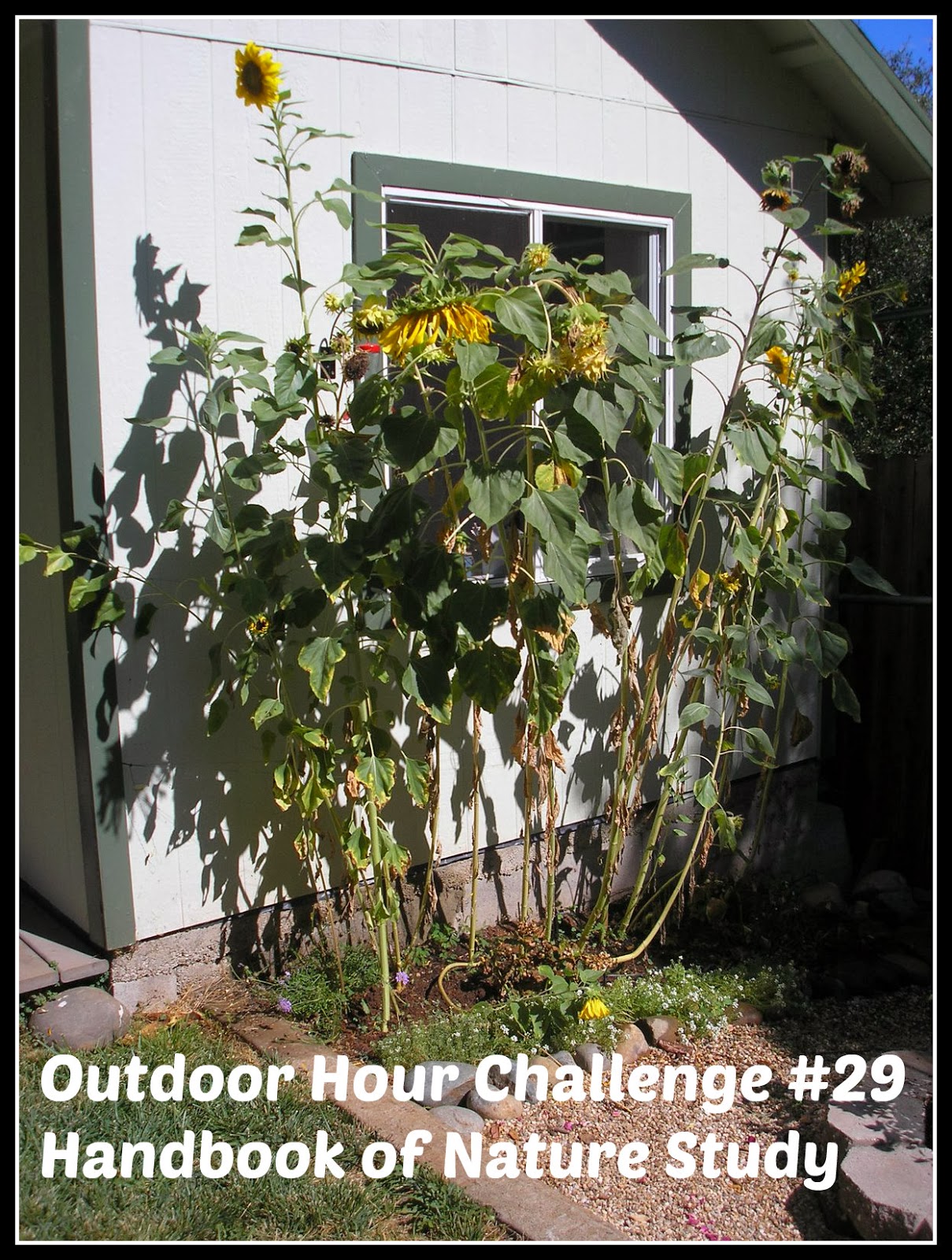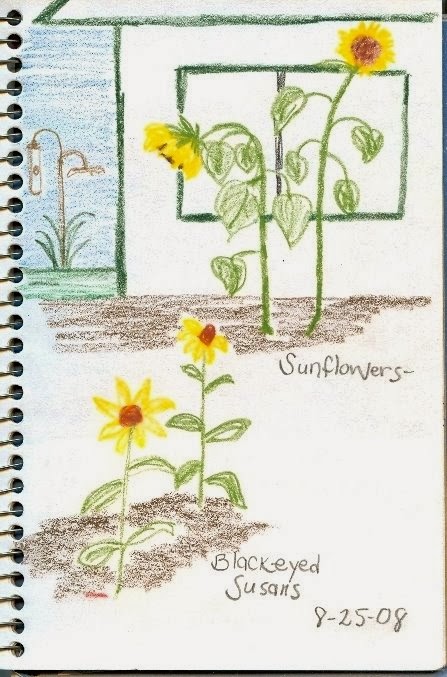We began our study by reading the pages in the Handbook of Nature Study. Wow! If you are the least bit interested in violets and you get the chance, you must read the information in the Handbook of Nature Study, pages 476-479. This section is jam-packed with information about violets but also about more general ideas for a nature portfolio (we would call it a nature journal).
“To make this work of the greatest use and interest, each pupil should make a portfolio of the violets of the locality. This may be in the form of pressed and mounted specimens, or of water-color drawings. In either case, the leaf, leafstalk, flower, flower stalk, and rootstock should be shown, and each blossom should be neatly labeled with name, locality, and date. From the nature-study standpoint, a portfolio of drawings is the more desirable, since from making the drawings the pupils become more observant of the differences in structure and color which distinguish the species. Such a portfolio may be a beautiful object…..Each drawing may be followed by a page containing notes by the pupil and some appropriate quotation from botany, poetry, or other literature.”
Handbook of Nature Study, page 478
The variety of violets that grow in our yard is extremely fragrant. It is hard to imagine that such a sweet, strong smell comes from such a delicate little bloom.
Our violets grow in a shady, moist area of our yard, mostly around the edges of our deck. They spread easily to other shady areas as well and it is always a joy to see them sprout up in new places.
We carefully observed whether our violets had the leaf stalks come directly from the underground rootstocks or if they came from a common stem as suggested in the Handbook. We observed that the leaves were smooth and glossy. We looked at the sepals and petals.
We looked into the opening that leads to the nectar-spur. We found the tiny undevelped flowers that will produce seeds down near the rootstalk that are meant for self-pollination. So many things we would have never thought to look for all on our own.
As I suspected, I was the only one who wanted to actually watercolor in their nature journal. I allow the boys the freedom to choose how to follow up their nature study.
We pressed a leaf and a flower for my son’s nature journal binder.
I love working with watercolor pencils….such an easy way to get a great effect in your nature journal.
It felt so good to be out in the garden this morning. The sun was warm and it was great to spend time with the boys. Our hands got a little dirty in the soil and that is oh, so good after a long winter. I look forward to seeing what you come up with for your Wednesday Flower Study.















